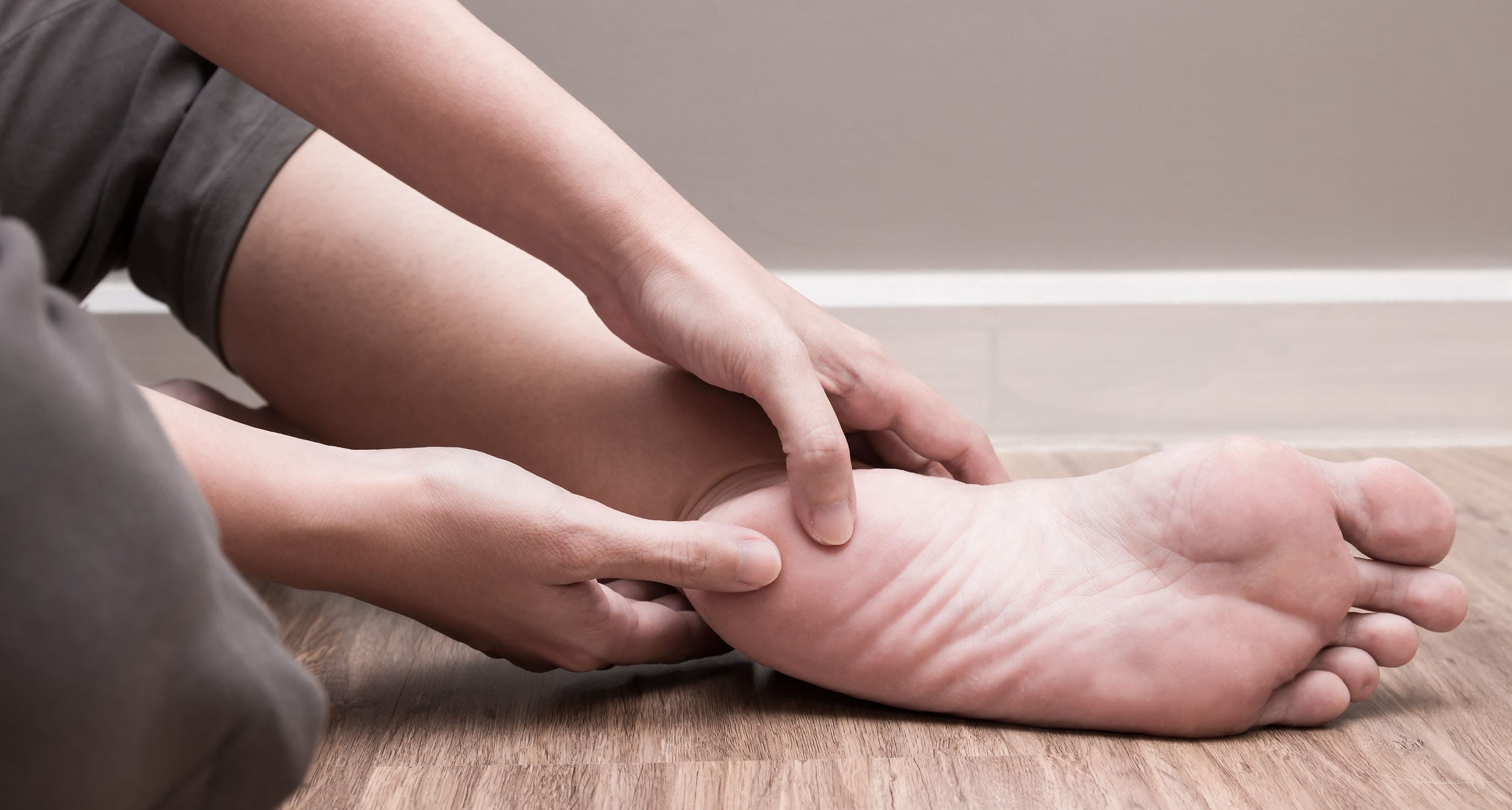If you’ve ever had the condition plantar fasciitis, you will know that having it is extremely frustrating. Like that annoying uncle at family gatherings that never stops bragging about himself, plantar fasciitis makes you want to cry, and frankly speaking, it is not an enjoyable experience.
What is plantar fasciitis?
The plantar fascia is a long, thick, strong tissue that lies directly beneath the skin on the bottom of your foot. It connects the heel to the front of your foot and supports the arch of your foot. Plantar fasciitis is pain in the bottom of the foot, most commonly, in the heel.
This is often an overuse injury that is primarily due to a repetitive strain causing micro-tears of the plantar fascia but can occur as a result of trauma or other multifactorial causes.
What are the risk factors?
There are many risk factors which contribute to plantar fasciitis including but not limited too:
- Loss of ankle dorsiflexion (talocrural joint, deep or superficial posterior compartment)
- Flat feet or feet with high arches
- Feet turning in during movements
- Impact/weight-bearing activities such as prolonged standing, running, etc
- Improper shoe fit
- Elevated BMI
- Diabetes Mellitus (and/or other metabolic condition)
- Leg length discrepancy
- Tightness and/or weakness of Gastrocnemius, Soleus, Tendo Achilles tendon and intrinsic muscle.
Is Plantar Fasciitis common?
- The condition accounts for about 10% of runner-related injuries (Some literature shows prevalence rates among a population of runners to be as high as 22%)
- Thought to occur in about 10% of the general population
- 83% of patients with Plantar Fascilitis are active working adults between the ages of 25 and 65 years old
- The average heel pain episode lasts longer than 6 months and it affects up to 10-15% of the population.
- Approximately 90% of cases are treated successfully with conservative care.
- Females present with the plantar heel slightly more commonly than males.
- Plantar heel pain is the most common foot condition treated in physical therapy clinics and accounts for up to 40% of all patients being seen in podiatric clinics.
What can we do to treat it?
Medical Management – Conservative measures are the first choice!
- Relative rest from irritating activities is a good idea at the start!
- Oral or topical pain relief medication can be used to help alleviate pain.
- Deep friction massage of the arch and insertion.
- Shoe inserts or orthotics and night splints may be prescribed by health professionals in conjunction with the above.
- Proper stretching and strengthening rehab of related muscles and tendons
If the pain does not respond to conservative measures:
- More advanced or invasive techniques may be tried eg shock-wave therapy, botulinum toxin A, platelet-rich plasma, dextrose prolotherapy, or steroid injections.
- Advanced and invasive techniques can be combined with conservative therapies.
- Surgery should be the last option if this process has become chronic and other less invasive therapies have failed.
If you are bothered by the niggling pain of plantar fasciitis, it is time to seek professional treatment and rehab. Give us a call and we will help you get on top of your pain and discomfort.



